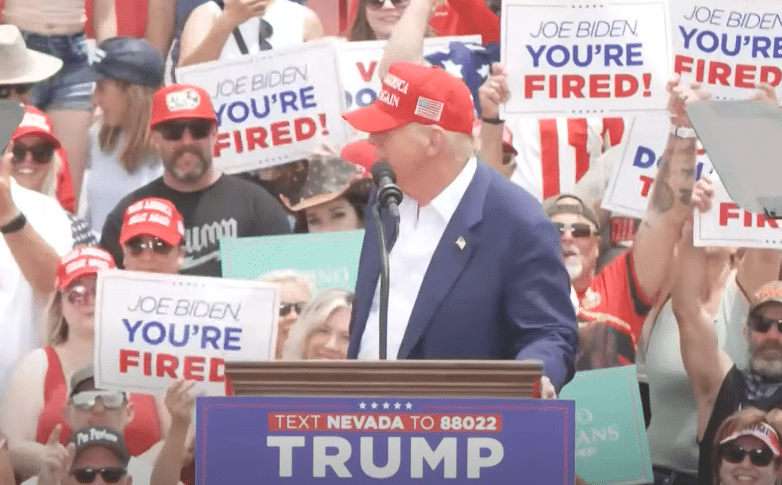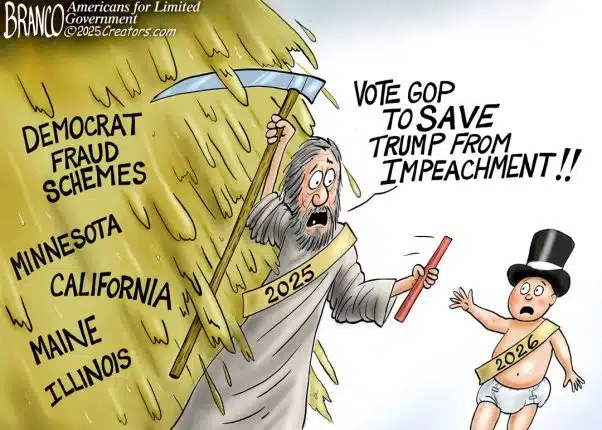
“[W]hen I get to office, we are going to not charge taxes on tips — people making tips. We’re not going to do it. And we’re going to do that right away first thing in office because it’s been a point of contention for years and ye$4.ars and years, and you do a great job of service.”
That was former President Donald Trump at a campaign rally in Las Vegas, Nev. on June 9, making the case for eliminating taxation tips received by waiters, waitresses, bartenders and so forth.
Clearly the appeal is to workers in Las Vegas, many of whom work at bars, restaurants and other establishments where collecting tips is a significant portion of a person’s annual income.
In 2018, the IRS reported that there was $38.2 billion of taxable tips reported by individuals. Assuming the lowest bracket of taxation at 12 percent, the Trump proposal would amount to $4.6 billion less revenue collected.
That’s out of $4.4 trillion the government collected in total revenues in 2023, according to the White House Office of Management and Budget. That’s a mere 0.1 percent of revenue — and that could make Trump’s pitch for tax-free tips to be quite compelling to the more than 4.4 million tip workers nationwide in the 2024 election.
In other words, it’s a smart political move, and one which the government in the great scheme of things won’t really miss in the way of revenue — although members of Congress will undoubtedly quibble about any loss of their tax powers, especially when their pinching lower income Americans who often lack a voice in government.
Trump’s pitch comes as he is attempting build on his current lead in the polls of swing states like Nevada, where Trump leads incumbent President Joe Biden 48.3 percent to 43 percent, according to the latest average compiled by RealClearPolling.com.
In other states, the situation isn’t much improved for Biden.
In Arizona, Trump leads Biden 48.3 percent to 44.1 percent.
In Pennsylvania, Trump leads Biden 47.8 percent to 45.5 percent.
In Georgia, Trump leads Biden 48.5 percent to 43.7 percent.
Meanwhile, Michigan and Wisconsin are closely contested, both with Trump having a slight edge: 47 percent to 46.7 percent and 47.4 percent to 47.3 percent, respectively.
The implication is that if the election were held today, Trump might win the Electoral College 312 to Biden’s 226, and given Trump’s persistent lead in national polls, might even win the popular vote.
Meaning, Trump’s push for further in-roads in Democratic states like Nevada — which Republicans have not carried since 2004 — are done with the intent of building on that lead, attempting to take a somewhat sizeable lead and engineer a landslide, with potential down-ballot benefits for Republicans running for House and Senate seats, as well as state races, everywhere.
Whether it works or not remains to be seen, but Trump so far as the presumptive Republican nominee appears to not be taking anything for granted in 2024, including by increasing take-home pay for tip workers. Stay tuned.
Robert Romano is the Vice President of Public Policy at Americans for Limited Government Foundation.






